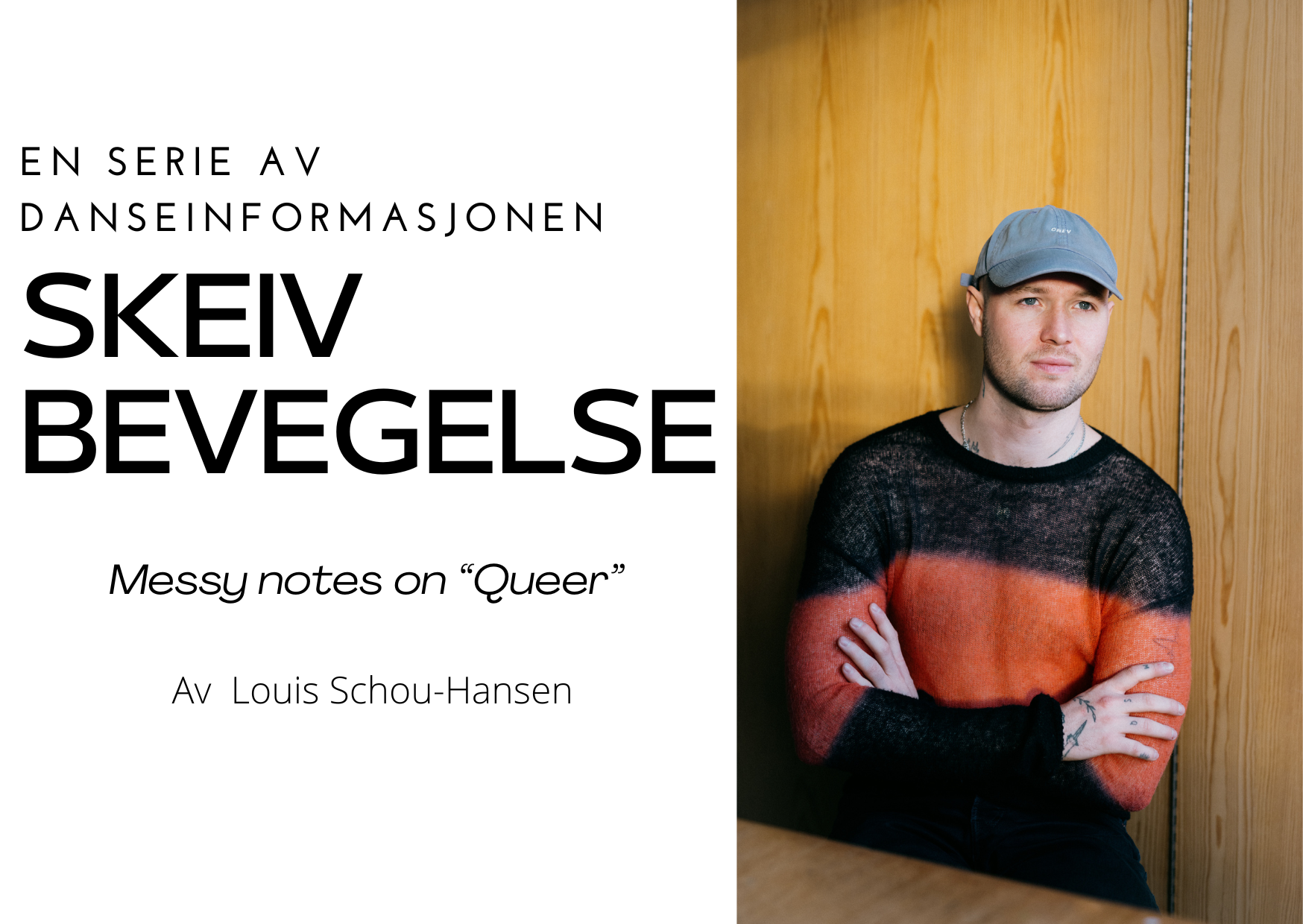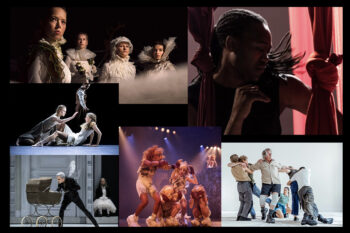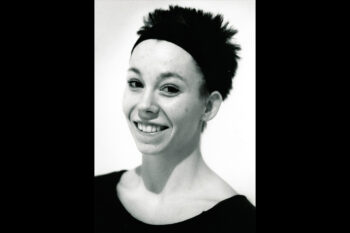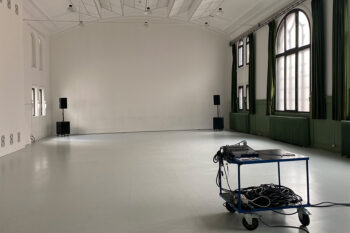When I think about queerness my brain tends to reject any kind of linear narration and instead enters a chaos of thoughts that moves in countless directions and regularly contradict itself. Maybe this is because I associate most kinds of linear narratives with ways of subjugating thought. Or maybe, it is because being born into a misgendered, sexually deviant, queer body is an incredibly chaotic and nonlinear way of experiencing the world, considering the catalogue of personas one has to adopt in order to survive a straight society.
I will be quoting quite a bit throughout this text, as a way to acknowledge how my thinking can be traced to the thinking of others.
I’ll start,
Pack up your things
“Don’t produce anything. Change your sex. Become your professor’s teacher. Be the disciple of your student. Be your leader’s lover. Be your dog’s pet. Anything that walks on two legs is an enemy. Take care of your nurse. Go into a prison and replay the main scene in Animal Farm. Become your secretary’s assistant. Go clean the cleaner’s house. Prepare a cocktail for the bartender. Close the clinic. Cry and laugh. Renounce the religion that was given you. Dance on the graves in your secret cemetery. Change your name. Change your ancestors. Don’t try to please. Don’t buy anything you’ve seen changed into a screen icon or any other visual prompt. Bury the statue of Apollo. Don’t try to please. Pack up your things without knowing where you’re moving. Abandon your children. Stop working. Go into a refugee camp and play the main scene in Animal Farm. Sell your father as a prostitute. Cross a border.”
Paul Preciado in Pack Up Your Things.
On queerness beyond sexuality
I think one of my first encounters with queer theory was through José Esteban Muñoz’s book Cruising Utopia in which he describes queer utopias as something that have not yet come to exist in this world, an idea from the past that can be used to imagine new futures.
“Some will say that all we have are the pleasures of this moment, but we must never settle for that minimal transport; we must dream and enact new and better pleasures, other ways of being in the world, and ultimately new worlds. Queerness is a longing that propels us onward, beyond romances of the negative and toiling in the present. Queerness is that thing that lets us feel that this world is not enough, that indeed something is missing.”
José Esteban Muñoz in Cruising Utopia.
Reading Muñoz was a pivotal moment in starting to understand that the borders of “queer” stretch way beyond my own embodiments of sexuality and gender trouble, and that queer and gay might not necessarily be synonymous in every context anymore. Queerness operates as an overall lens through which I analyze and try to exist in the world; how I think about family relations and partnerships (romantic or not), how I analyze the institutions and structures that support my work, how I practice what has been moralized as wrong sex, how I think about time, how my body occupies public space, and so on. To inhabit a queer position in the world is a constant and at times exhausting practice of unlearning, undoing, re-doing, and refusal. This is where it partly separates itself from sexuality which can, in some instances, feel more passive. For example, I did not decide to be born into a gay body, but from that body I chose a queer position.
What it means to practice a queer life is of course very contextual and deeply dependent on one’s surroundings as well as general life conditions. So, here it is worth mentioning that I am a white, abled, non-binary person, writing from a Scandinavian context. I am not sure if I would describe myself as gay anymore, as I guess that would be a way of locating myself within the binary gendered system, which I don’t.
On Chu’s Females
I went to see a short performance in Oslo yesterday by dancer Anu Laiho where she read from a book that has held strong shares in my thinking in recent projects — Andrea Long Chu’s genre defying Females. The writing in Females has an in-your-face vibe; it’s a hyperactive trans-feminist investigation of sex and desire, as well as an exploration of Valerie Solana’s Scum Manifesto. Addressed directly from one body to another, the work avoids one of theory’s frequent missteps: ending up in a meta-discussion where thinking can feel very disembodied. What really attracted me to the book is how she manages, with all its complexity, to attach theory to a body. A part that really stayed with me, which also appeared in Laiho’s performance yesterday, is when Chu talks about gender as something that is given to you, something that is being carved into your skin, flesh, and nervous system by an outer gaze. Although it is not what Chu is pointing out in this specific quote, I find the phrasing “Gender is something other people have to give you” as a sharp articulation of the paradox of society’s beliefs: that being gendered is a gift, when in fact, being gendered is one of society’s first acts of violence against your body.
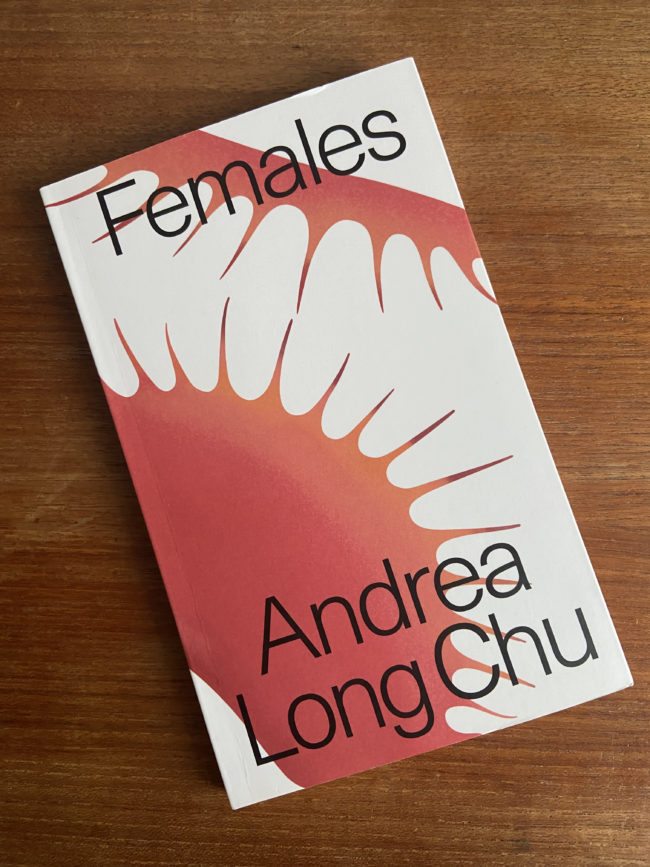
After reading the book, my already ongoing process of trying to abolish my own gender started to accelerate. As a dancer this made me notice how the theaters around me were practicing the same kind of manic acceleration of undoing, mostly by filling up their programs with queer performances. An undoing that is ultimately not about undoing, but about the aesthetics of a surface to the outer world, where the practice of undoing ends up as an exercise in empty representation.
Females by Andrea Long Chu
On the fear of giving critique
Curators may make queer performances the theme of their programs, but do these performances actually affect the structural operations of the theaters? Rarely. I speculate that this stagnancy is partly due to an institutional lack of deeper critical engagement in the works of the artists they present. In my own meetings with institutions I often feel it: an ability to consume the aesthetics or the surface of the work, but a rejection of anything deeper, claiming it is beyond capacity. And if anything in the world has an aesthetic that is easy to consume at this moment in time, it is queer performances.
When presenting new work, I often experience that we are in a time where many are blindly in love with, and afraid of giving a serious critique to, anything carrying the queer label. To claim a queer practice is to claim a deeply critical position, a position that wants to be challenged back. Challenge, as a way to support and care for the further development of an idea that one finds important. By being too easily seduced by the label or afraid of taking the wrong part in the discussion, we quickly end up “exhibiting” instead of engaging, and thereby reducing the work to its aesthetics. Susan Sontag wrote something in Notes on “Camp” that reminds me of this problem:
“I am strongly drawn to Camp, and almost as strongly offended by it. That is why I want to talk about it, and why I can. For no one who wholeheartedly shares in a given sensibility can analyze it; he can only, whatever his intention, exhibit it.”
I recently premiered a new performance called Afterlife. A counterfactual renaissance ballet that critically examines the aristocratic part of western dance history, its connections to colonialism, queer oppression, and how certain dances have been narrated throughout time. After the premiere, the team and I did a public talk where Knut Ove Arntzen (Professor of Theater Studies at the University of Bergen) asked a few problematic identity-related questions that would have benefitted from being re-phrased in his attempt to question the project. Apart from this, I appreciated his critical analysis of the work, as it felt like he actually invested something in the research and eventually challenged my claims. There are always alarms going off in my system when a performance receives no critique, as I associate the lack with a fear of engaging with the work. I think it is dangerous to be blinded by a project’s sense of urgency or sensitivity (or, for that matter, its aesthetics). It is exactly because of a queer performance’s urgency and sensitivity that we owe it a critical eye, as that is the only way to help it develop and avoid reproduction of what the project itself is criticizing. This critical eye of course needs to be analyzed as well.
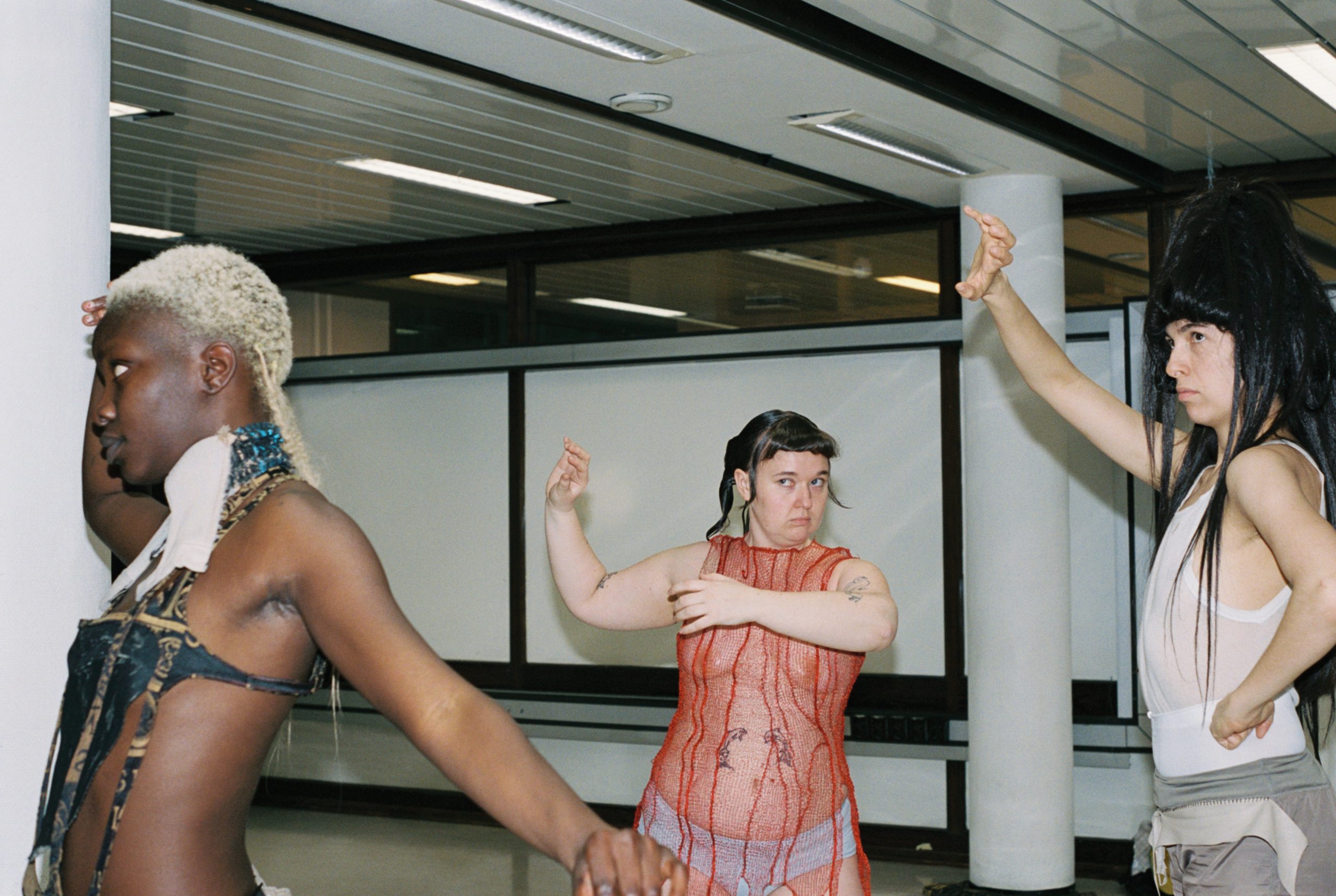
On My Wild Flag and Palmera
Earlier this year I was lucky and got to collaborate with two venues that I feel are genuinely invested in a queer curatorial project. Palmera, run by curator Tatiana Lozano in Bergen and My Wild Flag, a performance festival run by Karina Sarkissova and Pontus Pettersen in Stockholm. Later in the year I read Bonaventure Soh Bejeng Ndikung’s book The Delusions of Care, where I found a quote that made me think of my experiences with these venues:
“… but I am trying to imagine ways of expanding the field of care of the curator’s practice – a care for the artist, and art, but also a deep sense of care of the audience at the disposition of the curator. What I am proposing is that besides moving from the act of just display/staging (curating) to enacting, dramatizing, and performing events of knowledge (curatorial), curatorialization would have to also mean employing other strategies that open up cracks and caveats of care that we might not have explored until now, and that constantly adapt themselves to the needs of the artists, art, and audience, as well as times and spaces – and most especially over extended periods of time before and beyond the exhibition itself.”
Both Palmera and My Wild Flag have managed to imagine themselves as caring actors outside of the big institutional structures and build somewhat fluid infrastructures for themselves, adapting to the needs of their multifaceted programs. Drag queens have a tradition of referring to the person who first put them in drag and introduced them to the community as their mother; a caring figure who is there to nurture you when needed, who meets your vulnerabilities with understanding and your frustrations with patience, and gives you limitations and guidelines when you have gone too far. This is how I feel Tatiana, Karina, and Pontus treat their roles as curators, in addition to being in alignment with Ndikung’s caring curatorialization. My Wild Flag works nomadically, meaning that they move to a new space every year, whereas Palmera has its own space. None of the venues work with fixed marketing plans or big machineries where intimacy drowns in bureaucracy. They work for their communities to produce meaningful social spaces and put the work of their artists first, as opposed to many other institutions who seem more interested in capitalist forms of audience development (only thinking about numbers) and making money. As we live in a time of crisis, where our ability to imagine other, more care-based, social structures is weak, meeting Palmera and My Wild Flag’s work felt like a tiny antidote to an otherwise cynical world.
On Making Trouble
Without knowing the exact statistics, it feels like there has been a heavy increase in violent attacks on queer communities during the year. Only recently we have been sent into mourning by the deadly shooting at London Pub in Oslo and the murders at Club Q in Colorado, but also by the many nations that have been limiting LGBTQIA+ rights, often affecting our trans and most at-risk communities the hardest. I recently stumbled upon this quote by Jack Halberstam from an interview in Popular Inquiry called “Low Theory and Crazy White Men,”and I think it serves as an important reminder (especially now) of what queer practice and theory should be about:
“I don’t know if you can really think about queer theory as the outsider. There is a lot of queer theory that is really normative. But I do think that it is a feature of queer critique that the goal of the narratives is not to assimilate or to be recognized, but to disrupt critique and to make trouble. That has been the best part of queer theory. And in this way it is a kind of anti-disciplinary project. The disciplines tend to reward work that reinforces the discipline. […] Disciplines do not support transformative work; they support work which makes the discipline stronger. For this reason, the work outside the discipline has the possibility to change it.”
In a time when we, the queers, are in many ways trendy subjects for institutions to domesticate, I feel we need to find our way back to the idea of disruption and making trouble in our practices. Resist the pressures of our own gentrification, which is happening at high speed in a lot of our communities right now. As Halberstam says, we should not aim for assimilation or to be recognized. Instead, we need to find ways of disturbing and picking apart the systems that saw us as nonentities in the first place. I often wish that more artists would take their funding and produce work outside of the institutions in order to challenge their positions. This, of course, does not mean that I think we should just abandon our institutions, as engaging with them gives us the possibility to disrupt things from the inside. But, there is something sad and anti-queer about all of us aiming for the same trajectories.
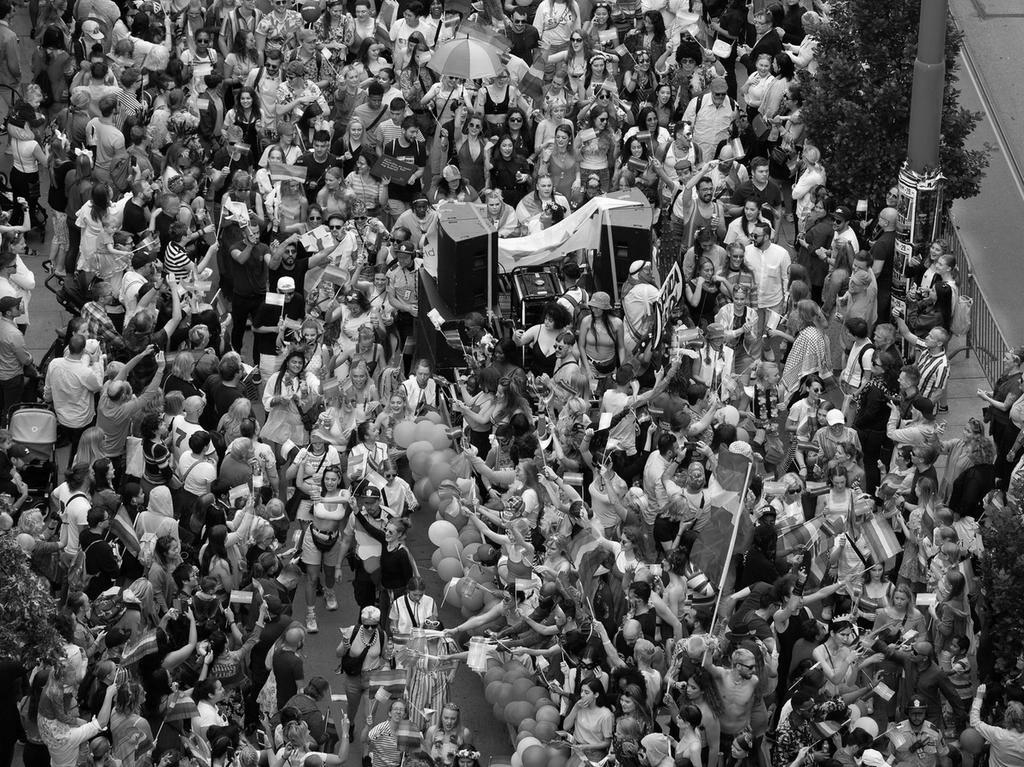
On intersectionality
“Fanon, according to Moten, wants not the end of colonialism but the end of the standpoint from which colonialism makes sense. In order to bring colonialism to an end then, one does not speak truth to power, one has to inhabit the crazy, nonsensical, ranting language of the other, the other who has been rendered a nonentity by colonialism.”
Jack Halberstam paraphrasing Fred Moten talking about Franz Fanon in the introduction THE WILD BEYOND: WITH AND FOR THE UNDERCOMMONS.
Like Fanon, I also want the end of the standpoint from which queerphobia makes sense.
Although this Moten/Fanon quote is from an explicit decolonial context more than a queer context, it makes me think of a complexity that I consider a central factor in a queer practice — Intersectionality. I find it somewhat impossible to think about queerness without thinking about our colonial as well as misogynistic history. This is not to say that these histories are the same, but thinking multiply affords us a capacity to share some similarities in our experiences with oppression, to look for our commons, and to understand that our desires for other worlds share many similar features. As a result of these commons, the decolonial and the feminist battle is essentially also a queer battle and vice versa. This is the space that Moten and Harney refer to as the undercommons, us who have been broken by society.
In the same introduction quoted above, Jack Halberstam beautifully articulates the desires of the undercommons:
“If you want to know what the undercommons wants, what Moten and Harney want, what black people, indigenous peoples, queers and poor people want, what we (the “we” who cohabit in the space of the undercommons) want, it is this – we cannot be satisfied with the recognition and acknowledgement generated by the very system that denies a) that anything was ever broken and b) that we deserve to be the broken part; so we refuse to ask for recognition and instead we want to take apart, dismantle, tear down the structure that, right now, limits our ability to find each other, to see beyond it and to access the places that we know lie outside its walls.”
On the borders of Queer
To define the borders of “queer” is something I find extremely difficult. How far can the concept and material of a queer performance be stretched until it is no longer a queer performance?
My guess is that the problem with definition is intertwined with what Jack Halberstam talks about in his interview in Popular Inquiry — the queer project is an anti-disciplinary project. It simply does not exist within the pre-defined borders of academic or artistic fields. What might be more interesting to think about is the origin of queer and how it is, inevitably, born out of what most of the world to this day considers perverse sex, which then attaches itself to a perversion of gender. I do not believe that the question of sex and gender need to be explicitly present in a work to make it queer, but there is something about linking to it, even if remotely. At least that gives us some sort of a frame to work with.
REFERENCES
- Paul Preciado, Pack Up Your Things from the book An Apartment on Uranus – p. 200-203 (Semiotext(e), 2020).
- José Esteban Muñoz, Cruising Utopia – p. 1-18 (New York University Press, 2009).
- Andrea Long Chu, Females – p. 35-38 (Verso Books, 2019).
- Susan Sontag, Notes on “Camp” from the book Against Interpretation – p. 275-292(Penguin
- Classics, 2009). (Notes on “Camp” was originally published in 1964).
- Bonaventure Soh Bejeng Ndikung, The Delusions of Care – p. 45-55(Archive Books, 2021).
- Jack Halberstam, Low Theory and Crazy White Men (Popular Inquiry, 2018).
- Jack Halberstam, THE WILD BEYOND: WITH AND FOR THE UNDERCOMMONS, written as the introduction to The Undercommons: Fugitive Planning and Black Study by Fred Moten and Stefano Harney – p. 5-12 (Minor Compositions, 2013).
Thanks to Elif Cadoux and Jonas Øren for help with editing this text.
Louis Schou-Hansen (It/Them) is a dancer and choreographer currently based in Oslo and holds a BA from Oslo National Academy of the Arts – Department of Dance. Its practice moves between being contextualized within theater and visual arts and encompass various formats such as performances, performing, writing, organizing and at times curating. Louis’ work dives into speculative fiction as a tool to investigate, dissect, and denaturalize the ways in which bodies have been shaped through violent western fairytales; utilizing queer, decolonial and trans-feminist modes of knowledge production.
Louis performance Shine Utopians received a nomination for the Norwegian Critics Association Prize (2020) with Harald Beharie. Together they are currently nominated for Sandefjord Kunstforenings Art Prize 2023.
As a performer they have collaborated with Ingri Fiksdal, Runa Borch Skolseg, Edhem Jesenkovic, Janne-Camilla Lyster, Ingun Bjørnsgaard, Eva-Cecilie Richardsen and Andrew Amorim to name some. Between 2020-2022 it co-founded and ran the discursive, artist-run platform Brakkesnakk together with Ines Belli.
Louis’ work has been presented at different venues including – Copenhagen Contemporary, Black Box Theater Oslo, Dansens Hus Oslo, My Wild Flag Stockholm, Palmera Bergen, Godsbanen Aarhus, Entrée Bergen, RAS Sandnes and PUBLICS Helsinki, among others.
